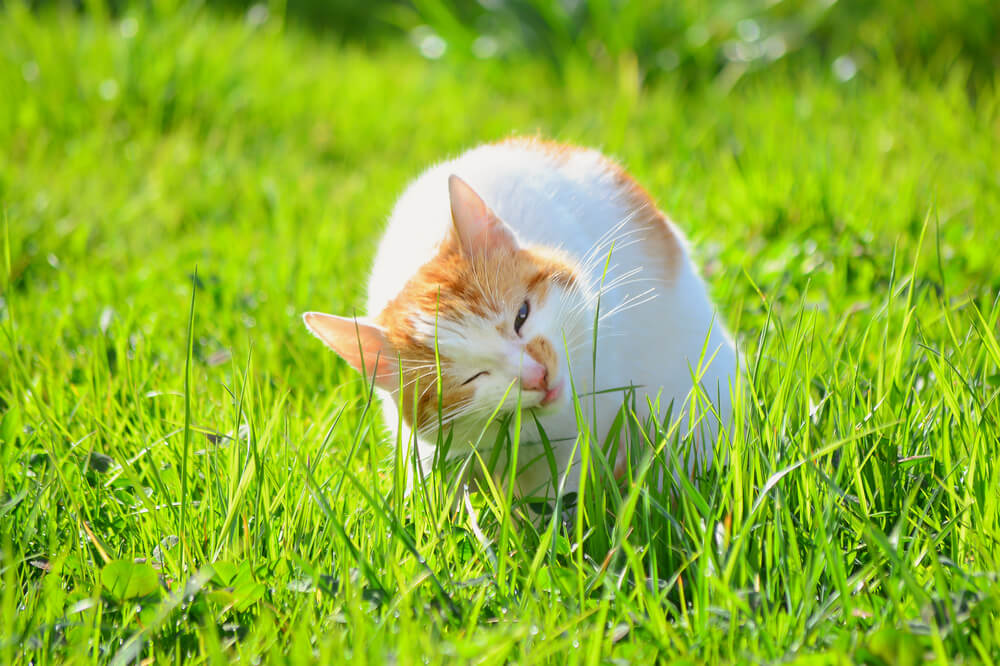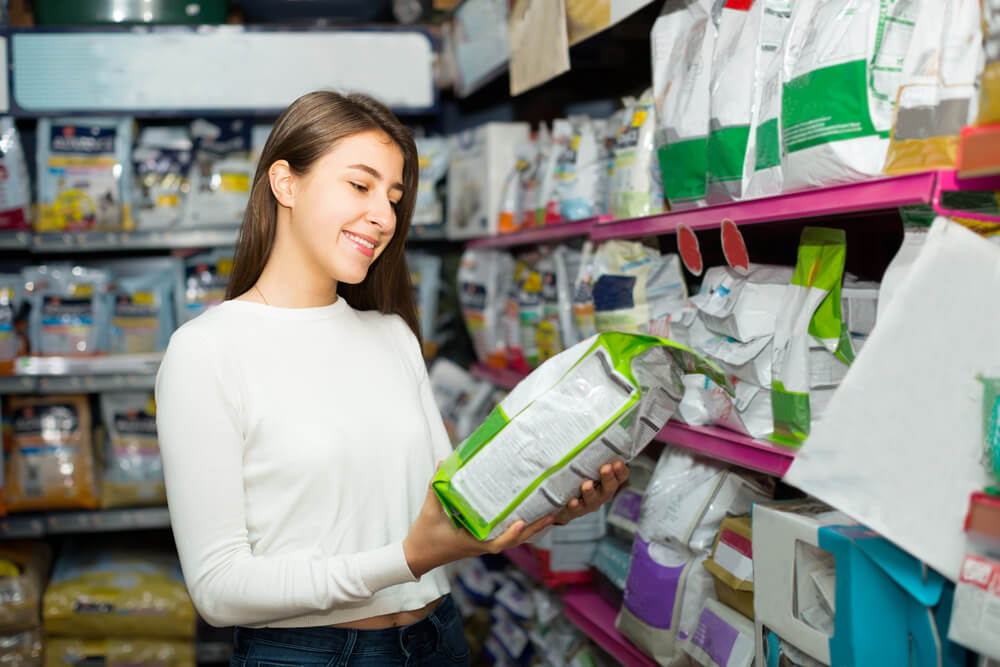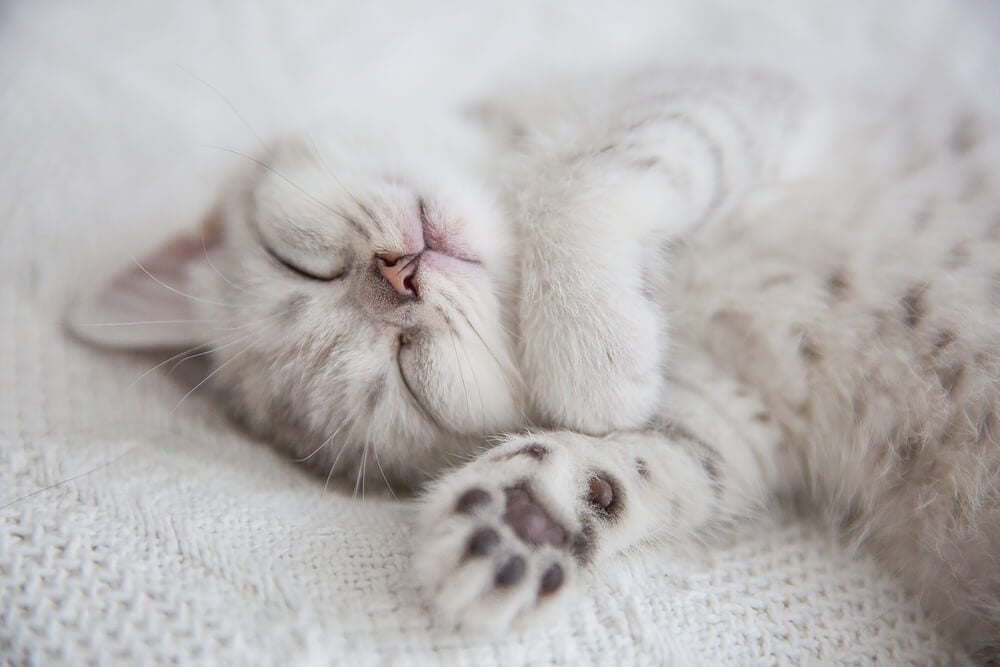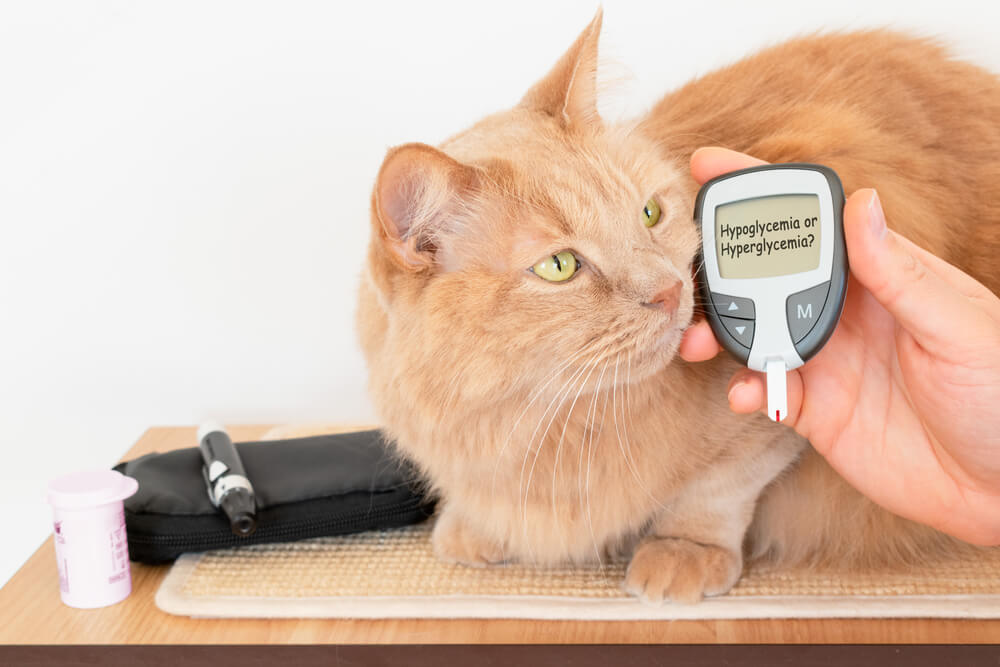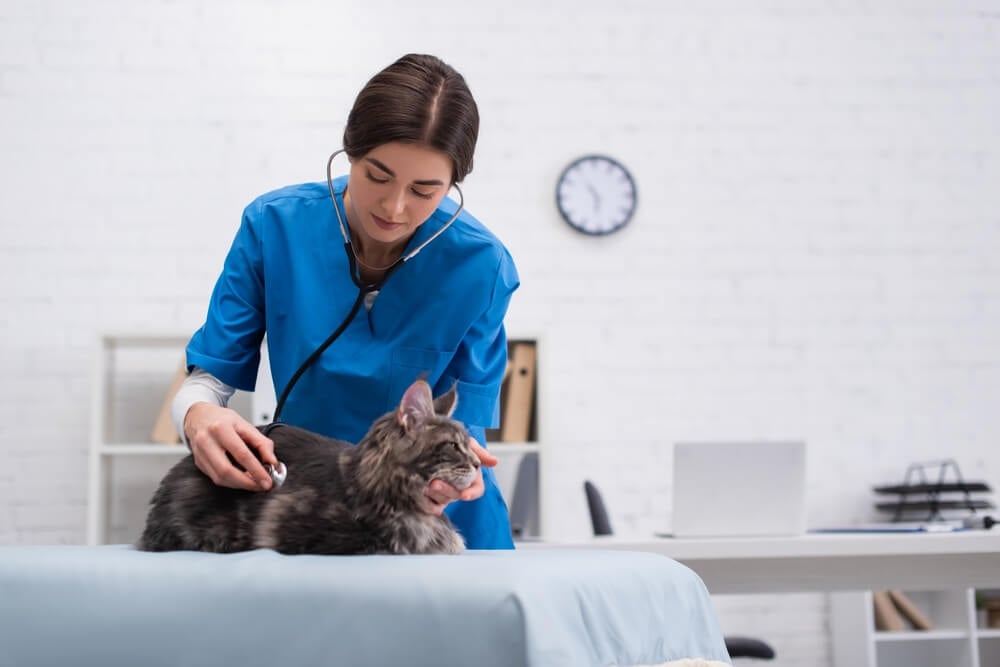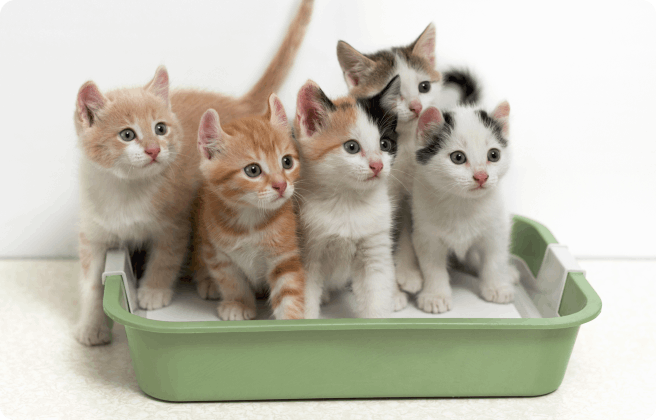
As with children, kittens need our help to understand where to go to the toilet. It can take time and lots of repetition so patience is key, but eventually your kitten will know exactly where to toilet and take themselves.
To start with, here are some steps for how to litter train a kitten:
- Get the timing right
- Pick a litter box
- Choose the type of litter
- Find a place for the litter box
- Show your kitten the litter box
- Reward good toileting habits
- Regularly clean the litter box
Get the timing right
It may seem obvious but knowing when to litter train a kitten is the first step. The best time to start litter training a kitten is when they are around 4 weeks old. Before this, mother cats will help their kittens to eliminate mess and clean up after them as well. When the kittens reach the 4 week mark, they will start to wean onto solid foods, so you can start to introduce kitten-friendly litter boxes.
Older kittens or adult cats can be litter trained as soon as they are brought home, as long as everything is set up for their arrival.
Pick a litter box
This sounds simple, but the litter box you choose can make a big difference to the litter training process. You will need a box which isn’t too big for your kitten, as this may frighten or intimidate them. Start with a small litter box and adjust the size as your kitten grows — it should be roughly one and a half times their length.
You will also need to choose whether to buy an open litter tray or an enclosed litter box. It might be a good idea to offer your kitten both options to begin with so they can choose what they prefer. You’ll need to buy two litter boxes anyway, as there should always be one more box than there are cats in your home.
Choose the type of litter
There is a huge range of litters on the market, but your kitten will eventually show a preference as they grow older. Some cats prefer a fine-grain litter, while others prefer litter made from clay as opposed to wheat or corn. There’s also the choice of clumping or non-clumping litters. When litter training your kitten it’s best to try a few types to see which your kitten prefers.
Find a place for the litter box
Where you place the litter box and how accessible it is for your kitten can be crucial for litter training. Cats will not want to travel a long way to reach their toileting area. There should be one box on every story of your house and litter boxes should be within easy reach rather than hidden in a cupboard or closet. Cats don’t like to feel trapped when they go to the toilet, just like humans, and they will need some form of light to see and find the litter box.
Avoid grouping litter boxes together as some cats may not want to share their toilet area with other cats. Kittens can also be easily distracted by rugs, carpets, and bedding, which may seem like a more attractive place to toilet, so hard floors are the best place to put a litter box while a kitten is litter training.
Show your kitten the litter box
Once you have the initial set up sorted, you can slowly introduce your kitten to the litter boxes by showing them where they are and letting them have a sniff. Then, gently place your kitten inside the litter box and use your fingers to demonstrate a pawing motion in the clean litter. You’ll only need to do this if your kitten doesn’t instinctively start to paw or go to the toilet. You can repeat this process in different boxes after your kitten has eaten, had a drink, or woken up, until they start using the litter box unaided.
Reward good toileting habits
Like dogs, positive reinforcement is a highly effective way of training. As soon as your kitten has used the litter box, reward them with a treat to create a positive association. Do not yell at your kitten or react if they make a mess outside of the litter box as this can have the opposite effect and create a negative association with toileting and the litter box. Use an enzymatic cleaner to clean up the mess which will eliminate any odor and prevent the kitten from going to the toilet in the same place.
Regularly clean the litter box
Cats do not like to use a dirty litter box, so scooping up waste every time your kitten goes to the toilet will avoid putting them off during litter training. Try to keep the litter depth at about two to three inches so they have plenty of space to dig. When your kitten is older you can reduce scooping to once a day. It’s also good practice to completely empty and clean the litter boxes periodically before refilling with clean litter.
Non-scoop litter is slightly different as it will need changing less frequently but you can follow the label guidelines if you are unsure.
What to do if your kitten still isn’t using the litter box:
- Re-evaluate where you have placed the litter boxes, making sure they are easy to get to and away from other cats
- Change the litter type
- Try using a different type of litter box — enclosed or uncovered
- Clean the litter tray more frequently
- Place a pheromone diffuser in the room
- Take your kitten to the vet to check for health concerns such as UTIs
We uphold the highest editorial standards when creating the authoritative content pet parents rely on and trust.
Every piece of clinical content on the Cat Food Advisor is reviewed by our certified Veterinary Advisory Board, which consists of licensed veterinarians and medically certified specialists.
Our reviews are completely independent; we are not paid by any pet food company to promote their products favorably. We do not accept money, gifts, samples or other incentives in exchange for special consideration. For more information see our Disclaimer & Disclosure page.





